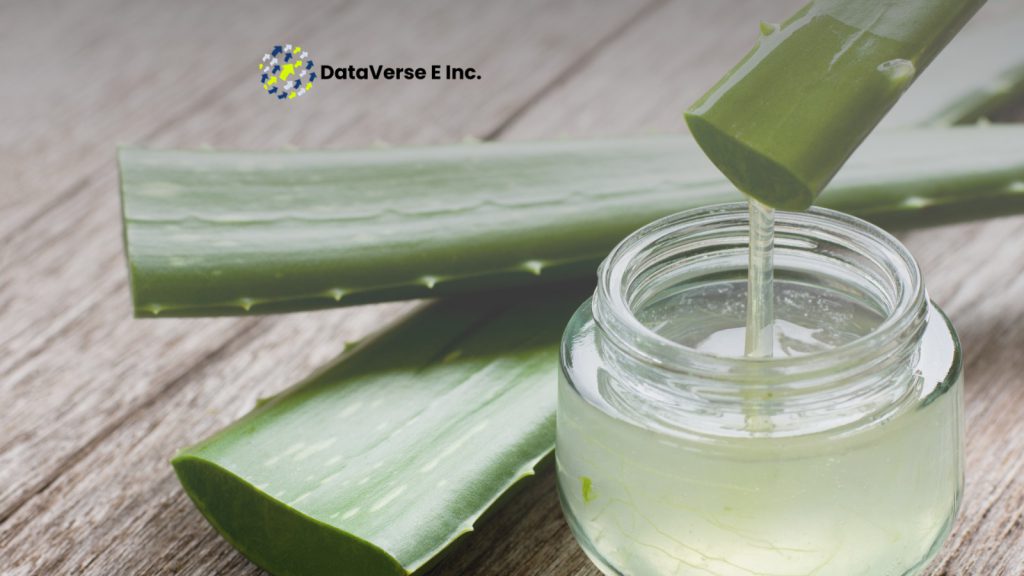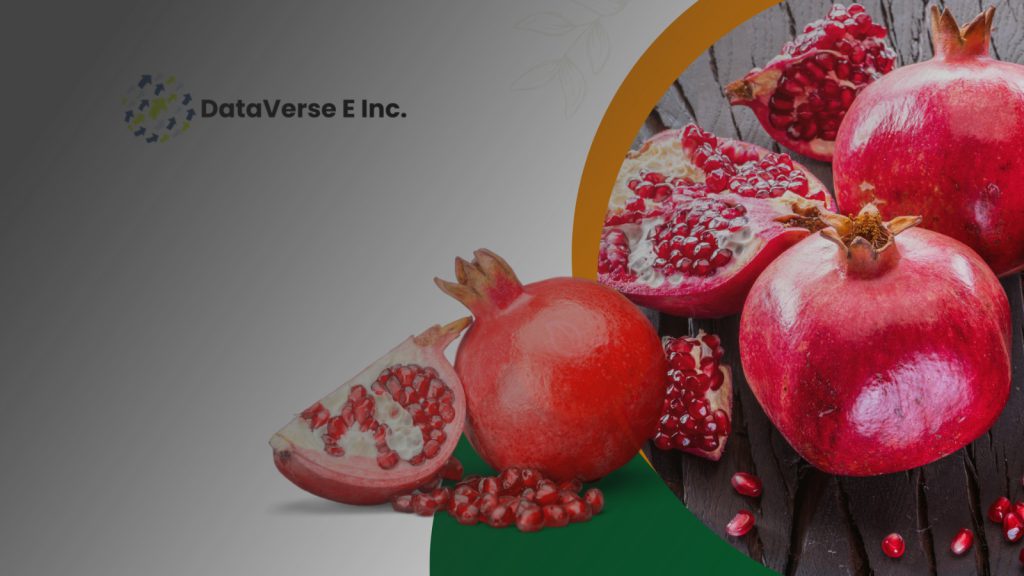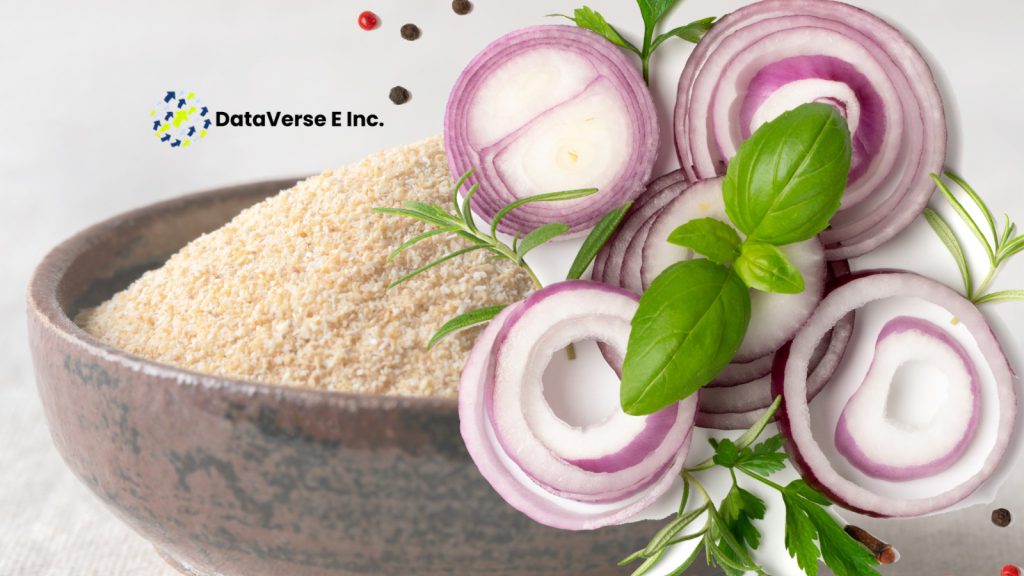Introduction to Social Media Marketing
Social media marketing refers to the utilization of social media platforms to promote products, services, or brands.
Over the years, it has evolved from simple engagement on platforms like Facebook and Twitter to multifaceted campaigns that leverage the advanced algorithms and high user engagement of platforms such as Instagram, LinkedIn.
With the rapid evolution of technology and digital communication, social media marketing has transformed into a crucial aspect of any comprehensive marketing strategy.
In the current marketing landscape, social media plays a significant role due to its ability to reach vast audiences quickly and cost-effectively.
Businesses can engage with their customers in real time, receiving instant feedback that can inform future strategies and product offerings.
This immediacy fosters a sense of community and loyalty among consumers, making social media not just a promotional tool but a means of building long-term relationships.
The effect is particularly pronounced in emerging markets like India, where mobile penetration and internet usage continue to rise sharply.
As we look ahead to 2024, its relevance becomes even clearer, especially in the context of Indian exports.
With a growing number of Indian businesses seeking to globalize their operations, social media marketing offers a platform for these companies to highlight their offerings to an international audience.
It allows exporters to showcase their products, connect with potential clients, and establish brand presence across borders.
Consequently, as Indian exports grapple with both opportunities and challenges in the global market, social media marketing emerges as a critical tool in their arsenal, driving awareness and facilitating engagement in an increasingly competitive environment.
The Growth of Indian Exports
The landscape of Indian exports has witnessed substantial growth in recent years, making a significant contribution to the country’s economy.
As of 2022, India’s merchandise exports reached approximately $420 billion, showcasing a remarkable increase compared to previous years.
This upward trend is primarily driven by key industries such as textiles, pharmaceuticals, engineering goods, and information technology.
These sectors not only cater to domestic demand but also have been instrumental in establishing India as a prominent player in the global market.
In the textiles sector, for instance, India stands as one of the largest exporters, accounting for around 11% of the total exports.
The demand for high-quality garments, carbon footprints reduced through sustainable practices, and fashionable apparel have paved the way for growth.
Similarly, the pharmaceutical industry has positioned itself as a leading supplier in the global market, particularly due to the country’s robust generic medicine production capabilities.
Engineering goods and associated products have also seen a boom, driven by advancements in manufacturing technology and increased international partnerships.
In addition to traditional sectors, the emergence of technology-driven industries, particularly startups in the digital space, has positioned India as an attractive destination for international trade.
Sectors such as software services and digital products have expanded rapidly, now representing a substantial share of export revenue.
These trends highlight the diversification of Indian exports across various domains, providing resilience against global economic fluctuations.
The statistics indicate that the overall export growth has been supported by various government initiatives aimed at enhancing the ease of doing business.
Policies such as the Foreign Trade Policy and the Production-Linked Incentive scheme have created a conducive environment for exporters.
As India continues to improve its export frameworks, the integral role of social media marketing will emerge, facilitating greater reach and visibility for these expanding sectors in international markets.
Social Media Platforms: A Marketplace for Indian Products
In recent years, social media platforms have transformed into dynamic marketplaces for businesses, including exporters from India.
Platforms such as Facebook, Instagram, LinkedIn, and Twitter offer unique features that can significantly enhance the visibility and reach of Indian products in the global market.
Each of these platforms provides a range of tools and functionalities that allow exporters to engage with potential customers effectively.
Facebook, with its vast user base, enables exporters to create business pages where they can showcase their products through photos, videos, and posts.
The use of targeted advertising helps in reaching specific demographics interested in Indian products. Furthermore, Facebook’s marketplace feature allows direct transactions, making it easier for consumers worldwide to purchase Indian goods.
Instagram, being a visually-driven platform, is particularly advantageous for exporters emphasizing aesthetics in their products.
The use of high-quality images and engaging stories can capture the attention of potential buyers, enhancing brand awareness.
Hashtags also play a critical role in expanding reach and connecting with audiences interested in niche markets for Indian exports, such as handicrafts and textiles.
LinkedIn presents a unique opportunity for B2B exporters, allowing them to connect with potential partners, distributors, and decision-makers globally.
This professional network enables businesses to establish credibility through content sharing and networking, thereby enhancing their visibility in the export sector.
Lastly, Twitter serves as a real-time communication platform, where exporters can engage with customers, market insights, and industry trends.
The use of trending hashtags related to Indian exports can help in reaching a wider audience and fostering discussions regarding products and services offered by Indian exporters.
Overall, social media platforms serve as essential marketplaces for Indian products, enhancing their global visibility and facilitating effective communication between exporters and their potential customers.
Creating Effective Social Media Strategies for Exporters
As Indian exporters seek to enhance their global reach, the formulation of well-defined social media strategies becomes imperative. Establishing clear and attainable goals is the first step in this process.
Exporters should outline what they aim to achieve through their social media presence. This could range from increasing brand awareness to generating leads or driving sales.
Establishing specific, measurable, achievable, relevant, and time-bound (SMART) goals can significantly enhance the effectiveness of their marketing efforts.
Choosing the right platforms is another crucial component of a successful social media strategy. Each social media platform has its unique audience demographics and content types that perform well.
For instance, LinkedIn can be exceptionally beneficial for B2B exporters looking to connect with international buyers, whereas Instagram serves as a powerful tool for products that are visually appealing.
Exporters must analyze their target audience to determine which platforms will be most effective for promoting their exports from India.
Content creation plays a pivotal role in engaging potential customers.
Publishing diverse content such as infographics, videos, and customer testimonials can draw attention to Indian products and services.
Additionally, showcasing the unique selling propositions of these exports will help differentiate them from competitors.
Engaging storytelling that resonates with the audience, alongside educational content that highlights the expertise of the exporter, can foster stronger connections.
Engagement with the audience is equally important. Responding to comments, participating in discussions, and encouraging user-generated content fosters a community around the exported brand.
This direct interaction often leads to increased customer loyalty and trust.
Lastly, utilizing analytics tools to measure the performance of social media campaigns is critical.
By analyzing metrics such as engagement rates, followers growth, and conversion rates, exporters can refine their strategies.
This iterative approach allows for the continuous improvement of marketing efforts, ensuring that Indian exporters remain competitive in the global marketplace.
Case Studies of Successful Indian Exporters
In recent years, numerous Indian exporters have made significant strides by leveraging social media marketing to enhance their global outreach and sales.
One prominent case is that of an Indian textiles company that specializes in handcrafted garments.
By utilizing platforms like Instagram and Facebook, the company showcased its products through visually appealing content, such as high-quality photographs and videos.
This approach not only attracted domestic customers but also caught the attention of international buyers, leading to a noticeable increase in exports from India.
Their strategic use of hashtags relevant to the fashion industry further amplified their visibility, resulting in partnerships with overseas retailers.
Another notable example is an Indian agro-product exporter that encountered challenges related to traditional marketing methods.
By shifting their focus to social media, they effectively communicated their product offerings to a broader audience.
They employed targeted advertising on LinkedIn and Facebook to reach potential buyers in Europe and North America.
Through consistent engagement and providing informative content about their organic farming practices, they successfully established credibility and trust in their brand.
Consequently, the company witnessed a 40% rise in export sales within the first year of implementing their social media strategy.
Furthermore, a technology-driven firm that specializes in manufacturing electronics managed to significantly enhance their market presence through content marketing on social media platforms.
They created informative videos and blog posts that highlighted the features and benefits of their products, effectively addressing customer inquiries in real-time.
The immediate feedback process enabled them to refine their offerings, ultimately driving higher engagement levels and export volume.
These case studies of Indian exporters illustrate that social media is not merely a promotional tool; rather, it can be a cornerstone for significantly boosting export capabilities and international trade relations.
Challenges of Social Media Marketing for Indian Exporters
As Indian exporters increasingly turn to social media marketing to promote their products and services, they encounter a series of challenges that can impede their success.
One significant obstacle is cultural differences. Social media platforms often have audiences with diverse cultural backgrounds, necessitating a nuanced understanding of various customs and consumer behaviors.
Exporters must tailor their marketing messages to resonate with these differences, ensuring that content does not unintentionally offend or mislead potential customers.
Another challenge is the varying levels of social media literacy among exporters.
While larger export companies may have dedicated teams specializing in digital marketing, smaller enterprises often lack the necessary expertise to effectively navigate the complexities of social media.
This gap in knowledge can result in poorly executed campaigns which fail to engage audiences or convey the intended brand message.
As a result, many exporters may miss lucrative opportunities to enhance their global presence in the competitive export landscape.
Moreover, the increasing competition in the digital space further escalates the challenges for Indian exporters.
As more companies recognize the potential of social media for driving international sales, the digital marketplace becomes saturated with similar offerings.
Standing out requires creative and innovative strategies that can capture the attention of target audiences.
Exporters must invest time and resources in crafting distinctive brand narratives while maintaining consistency across various platforms to build a credible online presence.
In addition to these hurdles, the rapid evolution of social media algorithms often complicates outreach efforts.
Changes in algorithms can drastically alter the visibility of their posts, leading to fluctuations in engagement and overall campaign success.
Thus, staying abreast of the latest trends and platform updates is crucial for Indian exporters aiming to thrive in the realm of social media marketing.
Future Trends in Social Media Marketing for Indian Exports
The landscape of social media marketing is continuously evolving, and as we approach 2024, several trends are set to significantly influence the sector, particularly concerning the export from India.
Emerging technologies are paving the way for a more integrated and data-driven approach to marketing, allowing exporters to tailor their strategies based on real-time insights.
Artificial intelligence (AI) and machine learning will play pivotal roles in analyzing consumer behavior, thereby enabling companies to identify new market opportunities and optimize their marketing efforts.
Moreover, the rise of immersive technologies such as augmented reality (AR) and virtual reality (VR) is expected to create unique marketing experiences that engage consumers more effectively.
For Indian exporters, the ability to showcase products in a virtual environment could enhance the perception of quality and value, giving them a competitive edge in international markets.
This innovative approach will likely resonate well with younger audiences who are more inclined toward interactive content.
Changing consumer behaviors, particularly among international buyers, are also shaping the future of social media marketing. Sustainability and ethical practices are increasingly driving purchasing decisions.
Consequently, Indian exporters will need to leverage their social media presence to communicate transparency about their supply chains and highlight their commitment to sustainability.
This alignment with consumer values can strengthen brand loyalty and attract a more conscious customer base.
Furthermore, with the proliferation of new social media platforms and features, Indian exporters must remain agile in their strategies.
Platforms like TikTok, along with the expansion of features on existing platforms like Instagram and Facebook, present novel avenues to reach global audiences effectively.
As these platforms evolve, so will the methods of engagement, paving the way for short-form content, live streams, and influencer collaborations that can further amplify the reach of Indian exports on the global stage.
The Role of Influencers in Promoting Indian Exports
In the ever-evolving landscape of digital marketing, influencers play a pivotal role in promoting Indian exports.
The rise of social media platforms has transformed how businesses operate, enabling small and large Indian companies to reach international markets.
By collaborating with influencers, brands can leverage their established audiences and enhance product visibility abroad.
This method not only increases engagement but also fosters trust among potential customers, as influencers often possess a significant amount of credibility within their niches.

Influencers serve as intermediaries between brands and consumers, providing a platform for storytelling that resonates with target audiences.
By creating authentic content that showcases Indian products, influencers can highlight the unique features and cultural significance of those items.
This approach allows businesses to connect with consumers on a personal level, paving the way for increased sales and brand loyalty.
Moreover, influencers who are knowledgeable about the products they promote can effectively communicate the benefits and quality of Indian exports, further stimulating interest in these goods.
Furthermore, influencer marketing provides a cost-effective strategy for Indian businesses aiming to compete in global markets.
Given that many influencers operate through social media channels, brands can achieve substantial reach without the extensive budgets traditionally associated with advertising.
The ability to micro-target specific demographics through these platforms means that even niche products can find their potential customer bases, enhancing the likelihood of successful transactions.
As Indian businesses increasingly invest in digital marketing strategies in 2024, utilizing influencers to promote their exports will undoubtedly become a key focus for achieving growth and establishing a presence in international markets.
Conclusion: The Way Forward for Indian Exporters
As we navigate the rapidly evolving landscape of global commerce in 2024, the impact of social media marketing on Indian exports cannot be overstated.
This digital paradigm shift presents both opportunities and challenges for exporters in India seeking to extend their reach into international markets.
With a keen understanding of the various platforms and the demographics they serve, Indian exporters can tailor their marketing strategies to engage potential clients more effectively.
The critical role of social media in shaping brand visibility highlights the need for exporters to adapt their traditional practices.
By leveraging platforms such as Instagram, LinkedIn, and Facebook, businesses can showcase their products, tell their stories, and connect with customers on a personal level.
It is vital for companies to recognize that effective engagement goes beyond mere advertisements; it involves fostering relationships and building a community around their brand.
With the right approach, social media can significantly increase awareness of products available for export from India, enhancing their marketability on a global scale.
Moreover, the use of data analytics and insights from social media campaigns can inform decision-making processes, allowing exporters to pivot strategies efficiently based on audience engagement and feedback.
This analytic-driven approach facilitates a deeper understanding of consumer preferences and trends, enabling businesses to refine their offerings to meet specific demands.
As Indian exporters embrace these digital marketing tools, they must remain vigilant about changes in market dynamics and consumer behavior, continuously adjusting their strategies to mitigate risks and capitalize on new opportunities.
In conclusion, the path forward for Indian exporters lies in embracing social media marketing as a fundamental component of their growth strategy.
By adopting a proactive and adaptive mindset, exporters can enhance their visibility and competitiveness in the crowded global marketplace, ensuring they remain relevant and successful in the years to come.






No comment yet, add your voice below!